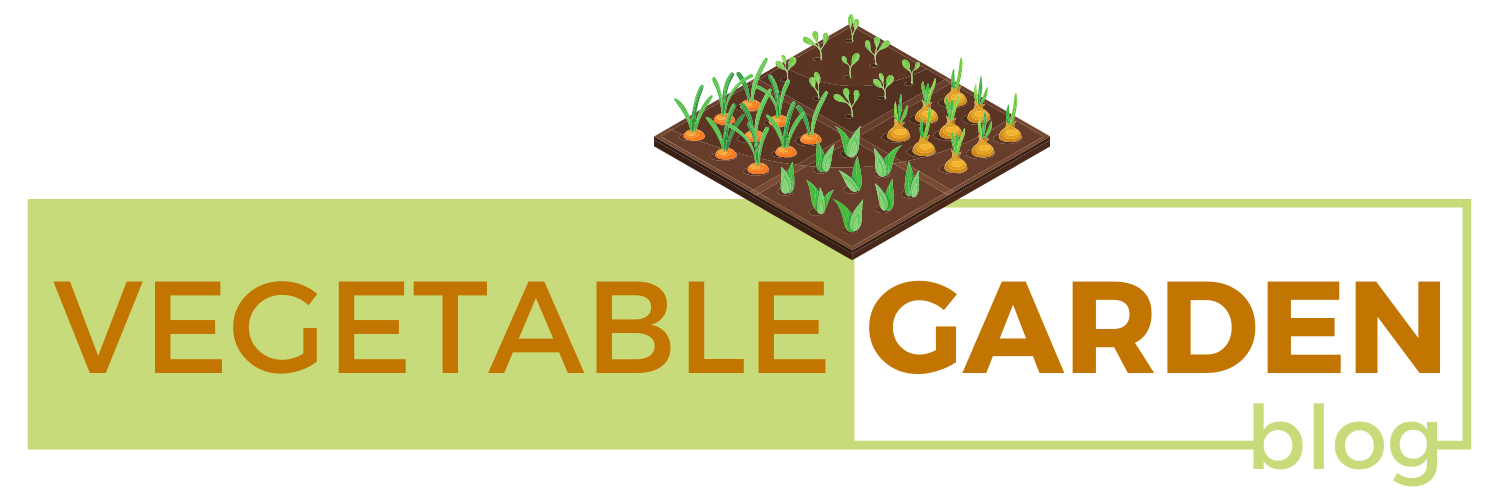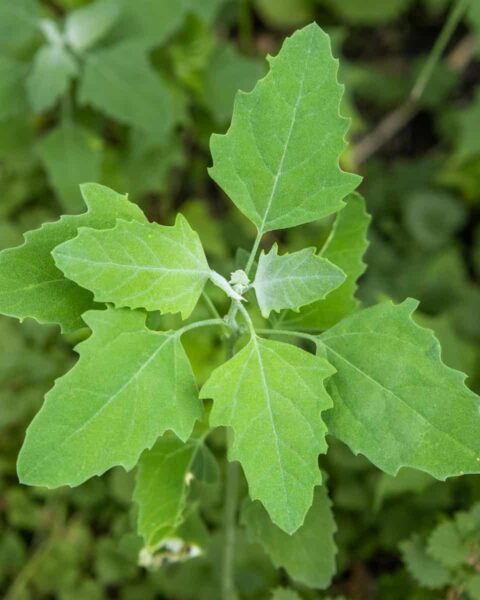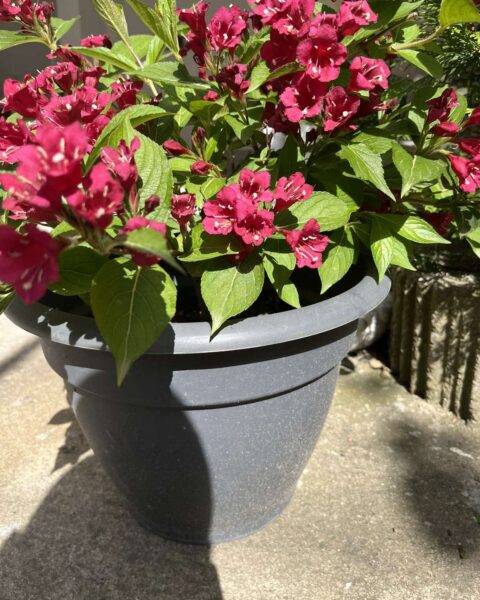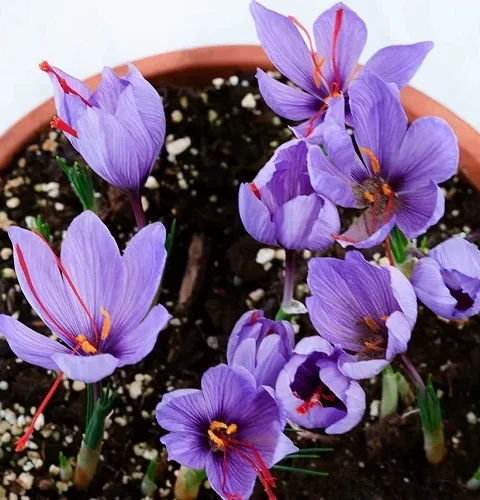Take a look at the best plants that will attract pollinators in your garden!
A survival garden is the best way to ensure your family has food in case of an emergency. You should already know which plants give you a lot for the space they use, but it may help if we go over some basics about growing them and how much yield each will produce with their different climates.
You might not think about it, but there’s another important group of plants in your survival garden.
These are called pollinators and they help make sure the food you grow will be safe for human consumption!
What Are Pollinator Plants?
The pollinators of a garden are more than just an attraction. The insects, birds and even animals that live in your landscape can make all the difference between thriving or struggling plants by moving from blossom to bloom with pollen on their wings for fertilization opportunities throughout each stage!
The honeybee is an important pollinator, but it’s not the only one. Other animals like birds and butterflies also contribute pollen from plant to plant in order for that fruit or seedpod develop into something more beautiful than what nature could produce on its own!
Why Are Pollinator Plants Important?
Planting a garden is not enough to ensure your survival; you also need the help of pollinators. The list of creatures that these plants rely on for fertilization and spreading their pollen goes beyond what most people realize!
Here are just some common ones:
Bees, butterflies and moths are attracted to a variety of blooms. Insects such as wasps that hover in the air love these flowers too! Hummingbirds prefer orange tubular flowers with no scent; they also like pink or red petals on softer plants while bats will visit white colored varieties which have sweet scented nectars including fruits.
10 Best Pollinator Plants
Take a look at the best plants that will attract pollinators in your garden!
1. Bee Balm
Bee balm is a beautiful flower that makes pollinators and humans happy. People enjoy bee balm tea, while the bees fight over its sweet nectar in shades of lavender pink or red!
2. Borage
Bees love to visit the sunny yellow flowers of borage. This plant has a sweet flavor and brightens up summer salads with its color, making it one of our favorite salad greens!
Be careful with its leaves as it can be pretty invasive.
3. Calendula
Calendula is a beautiful herb with bright orange petals that bees, butterflies and ladybugs enjoy.
It reseeds itself every year after flowering which means this beneficial plant will continue to grow as long you care for it!
4. Coneflower
Coneflower (or commonly known as Echinacea) is a beautiful perennial that can be grown in any garden. It has medicinal qualities and attracts bees, butterflies or birds to the area!
Coneflowers come with many different colors making them interesting additions for your flowerbeds as well.
5. Milkweed
Monarchs need milkweed to survive, and so do swallowtail butterflies. There are over 100 types of this plant species in North America!
6. Nasturtium
Nasturtiums are one of the most beautiful plants to grow. They come in dozens of colors, including red and orange hues that attract both bees and hummingbirds alike!
Their flowers and leaves are edible and can be used in salads or garnishes.
7. Nicotiana
Nicotiana or “flowering tobacco” is a plant with many uses. The sweet-smelling, tubular shaped flowers attract bees during the day and moths at night to make sure they pollinate it!
Some varieties have leaves that can be used in rolling and smoking various types of tobacco products.
8. Penstemon
Bees and hummingbirds find the nectar-rich plant in your survival garden a must. With hundreds of varieties to choose from, there’s sure to be one that will please every bee–and birdie!
9. Sunflower
When you think of summer, what comes to mind? Maybe it’s the smell of a BBQ or softball game. But for many people who enjoy warmer weather with plenty flowers blooming at all hours, there is one flower that will always hold an important place-the sunflower!
The nectar from these flowers attracts bees who pollinate many types agricultural crops.
10. Yarrow
Yarrow is a plant with blooms in many colors. It grows about 3 feet tall, and can handle most soil conditions because it comes back every year!
Bees love yarowers too- the butterflies and ladybugs are always visiting to get some nectar from these flower petals as well.
How to attract the perfect pollinator?
To attract the perfect pollinator, research your climate and find out what type of plants are native to that area.
You can check with nurseries for varieties in bloom at different times so you have more options! Be patient as these delicate creatures may take some time finding their way back home after traveling from afar.





